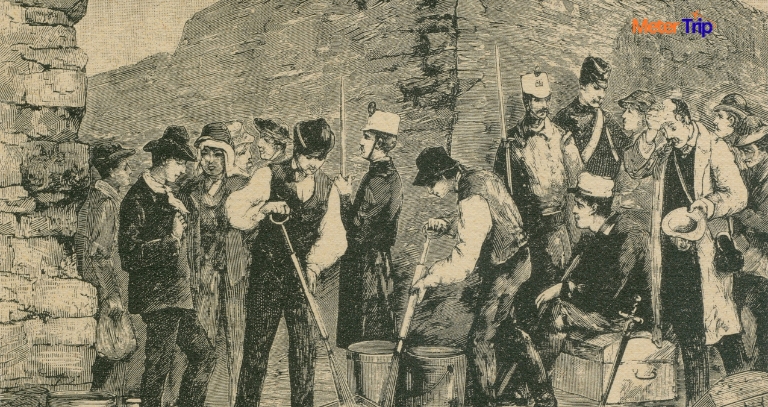From the Black Death to HIV/AIDS, pandemics have dramatically shaped human history and consequently exposed vulnerabilities in societies. Moreover, examining these catastrophic events helps us actively prepare for future outbreaks. In addition, studying the deadliest pandemics in history encourages respect for science, medicine, and fosters global cooperation.
Black Death – Deadliest Pandemic in Europe
The Black Death, also known as the Black Plague, struck Europe in 1347 and claimed nearly 200 million lives over four years. The Yersinia Pestis bacteria spread through infected rats and fleas, causing fever, chills, diarrhea, and swollen lymph glands called buboes.
Moreover, the plague disrupted society—villages emptied, businesses collapsed, and cemeteries ran out of space. Interestingly, westerners first practiced quarantine during this period to contain the disease. Consequently, the Black Death remains one of the deadliest pandemics in human history.

Smallpox – A Global Menace
Smallpox plagued humanity for centuries across Europe, Asia, and the Americas, killing roughly three out of every ten infected people. The virus spread through air and direct contact, attacking the skin, lymph nodes, and bone marrow. Survivors often bore lifelong scars.
European explorers introduced smallpox to the Americas, wiping out nearly 90% of indigenous populations. Fortunately, Chinese practitioners developed Variolation, and Edward Jenner created the vaccine in 1796, gradually eradicating the disease.

Spanish Flu – The 1918 H1N1 Pandemic
Between 1918 and 1919, the Spanish Flu infected about one-third of the world’s population. Caused by the H1N1 virus, it claimed roughly 50 million lives. Victims suffered fluid-filled lungs, pneumonia, and hemorrhaging.
Moreover, public health measures like masks and quarantine were widely implemented. Consequently, this pandemic lowered the average life expectancy in the U.S. by over 12 years.

Lessons from History’s Deadliest Pandemics
The Black Death, also known as the Black Plague, devastated Europe in the 14th century, claiming nearly 200 million lives. Interestingly, infected fleas and rats spread this deadly disease across towns and cities. As a result, families were torn apart, economies collapsed, and governments struggled to respond.
Similarly, smallpox ravaged populations across Europe, Asia, and the Americas. Early explorers inadvertently introduced the virus to the New World, where it decimated indigenous communities. Thanks to Edward Jenner’s vaccine, humanity eventually overcame this lethal threat.
The Spanish Flu of 1918-1919 infected a third of the world’s population and claimed approximately 50 million lives. Consequently, governments imposed quarantines, and citizens wore face masks to curb the spread. This pandemic taught societies the critical importance of rapid public health interventions.

Modern Pandemics: HIV/AIDS and Coronavirus
In the late 20th century, HIV/AIDS emerged as a global health crisis. Transmitted from primates to humans, the HIV virus spread rapidly, particularly in sub-Saharan Africa. Fortunately, scientific advancements now allow infected individuals to manage the disease and extend life expectancy.
Meanwhile, the ongoing Coronavirus pandemic has highlighted the fragility of global healthcare systems. Consequently, nations implemented lockdowns, social distancing, and vaccination campaigns to mitigate the spread.

Looking back to the hundred years of epidemics invites one question of how well we are prepared and protected against future pandemics. The present situation of Novel Coronavirus shed a light on our poor health infrastructure and systems and also how our planet is avenging as we keep on neglecting ecological imbalance and tons of environmental issues we’ve brought to it.
Lessons from Deadly Pandemics
Looking back at the deadliest pandemics history teaches us the importance of:
-
Prepared healthcare infrastructure
-
Early detection and quarantine
-
Hygiene and sanitation measures
-
Public awareness campaigns
Even now, the Coronavirus history reminds us that society must remain vigilant against emerging infectious diseases.
Conclusion
From the Black Death to HIV/AIDS, pandemics have shaped human history and consequently highlighted vulnerabilities in societies. Moreover, by learning from these catastrophic events, we can better prepare for the future. In addition, understanding the deadliest pandemics in history encourages respect for science, medicine, and ultimately global cooperation.
Read More-Thailand Travel Etiquette & Rules You Must Know Before Visiting





